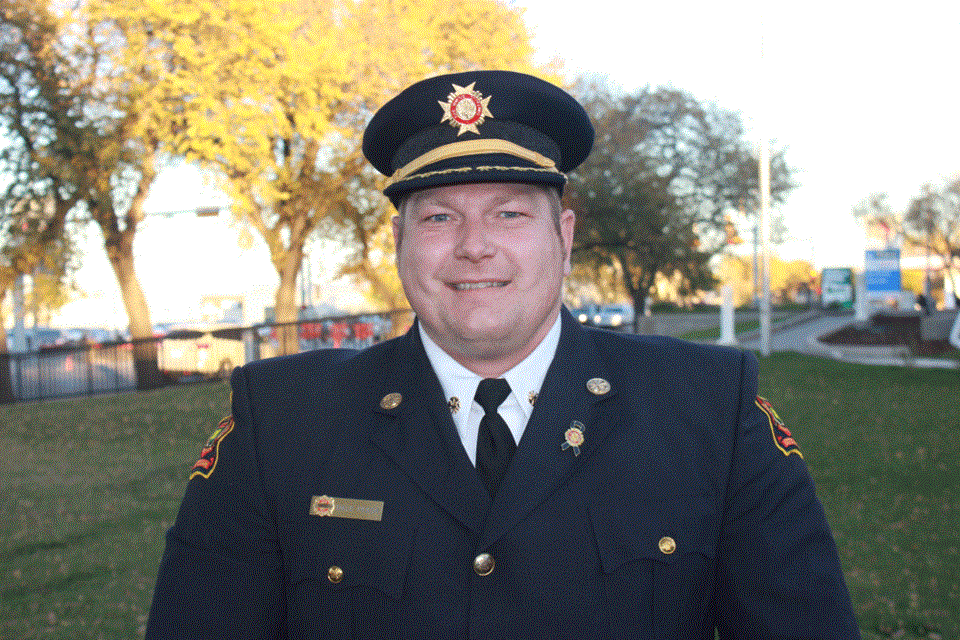The public is being urged to yield to ambulances, police and fire vehicles when those vehicles are responding to calls.
In a statement issued on Feb. 20, the Estevan Police Service and the Estevan Fire Rescue Service reported they have seen an increase in the number of vehicles that do not pull over when emergency vehicles are approaching or coming up from behind them with their lights flashing and their sirens sounding.
“They know we are there, they just do not want to pull over and let us by,” the release stated.
All emergency vehicles – fire trucks, police vehicles and ambulances – have the right of way when employing flashing lights and sirens. When approached by an emergency vehicle travelling to a call, motorists must immediately drive as closely as possible to the right edge of the roadway and not enter the next intersection until the emergency vehicle has passed.
The exception is if a peace officer provides other directions.
At an intersection, motorists must stop and let the emergency vehicle through the intersection, unless given other directions by a peace officer.
If the emergency vehicle has its lights flashing, but no siren engaged, motorists in the vicinity should extend the same privilege while meeting or being overtaken by the emergency vehicle.
Police Chief Paul Ladouceur said local officers have been cracking down on violators.
“One of the things officers did a few weeks ago was as one officer was pulling vehicles over for violations for speeding, there was another car that remained in the area to ensure that vehicles were slowing to the proper speed limits while passing those emergency vehicles,” said Ladouceur.
Police have seen motorists chasing fire trucks to see where the trucks are headed. They have also witnessed motorists passing emergency vehicles at high rates of speed, and failing to yield or pull over for emergency vehicles.
Ladouceur noted there has been an increase in the number of vehicles failing to yield. It’s a trend that fire Chief Dale Feser has also observed.
“When you are driving down the street and you see there is an emergency vehicle behind you, we ask you to move to the right when it’s safe to do so, and yield the right of way and stay in the lane,” said Feser.
The fire department has had a number of close calls with motorists who don’t yield to fire trucks.
“I know when I’m responding to an incident, I’m constantly bouncing between driving offensively and defensively,” said Ladouceur. “We’ve had some instances where people have actually hit the brakes and stopped right in the lane in front of us. Some have actually pulled into the oncoming lane. And some people just continue to drive.”
When motorists pass an emergency vehicle or a tow truck with its lights in operation on the highway, drivers must slow down to 60 kilometres per hour. The law also applies when travelling in the opposite direction on an undivided highway.
Failing to yield to an emergency vehicle carries a $125 fine. The fine for speeding when passing an emergency vehicle or tow truck with its lights flashing starts at $270, and increases by $3 for each kilometre over the speed limit.



